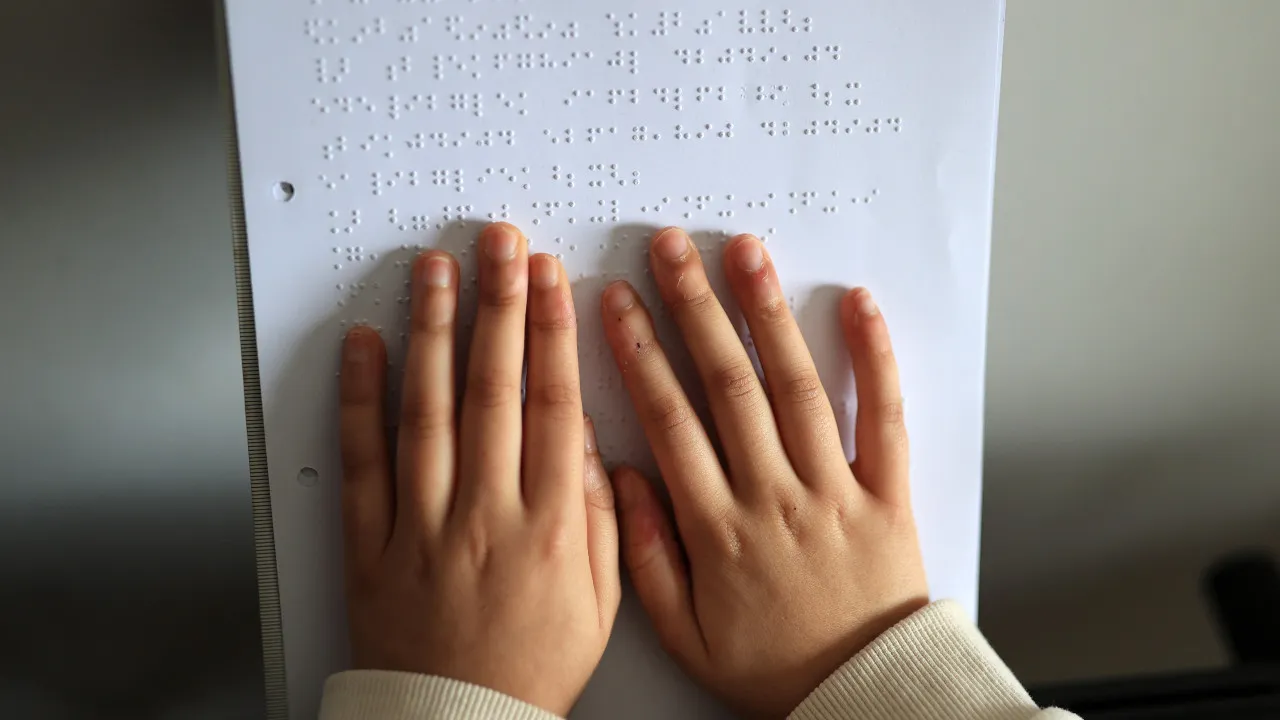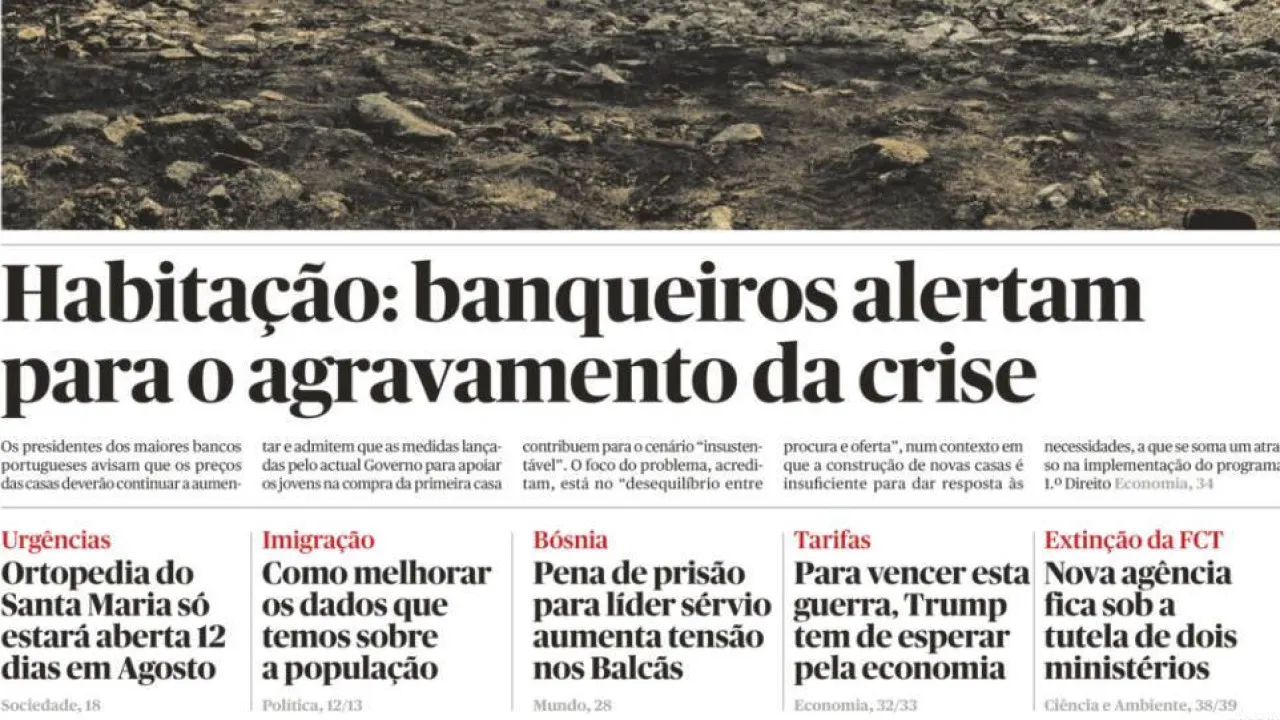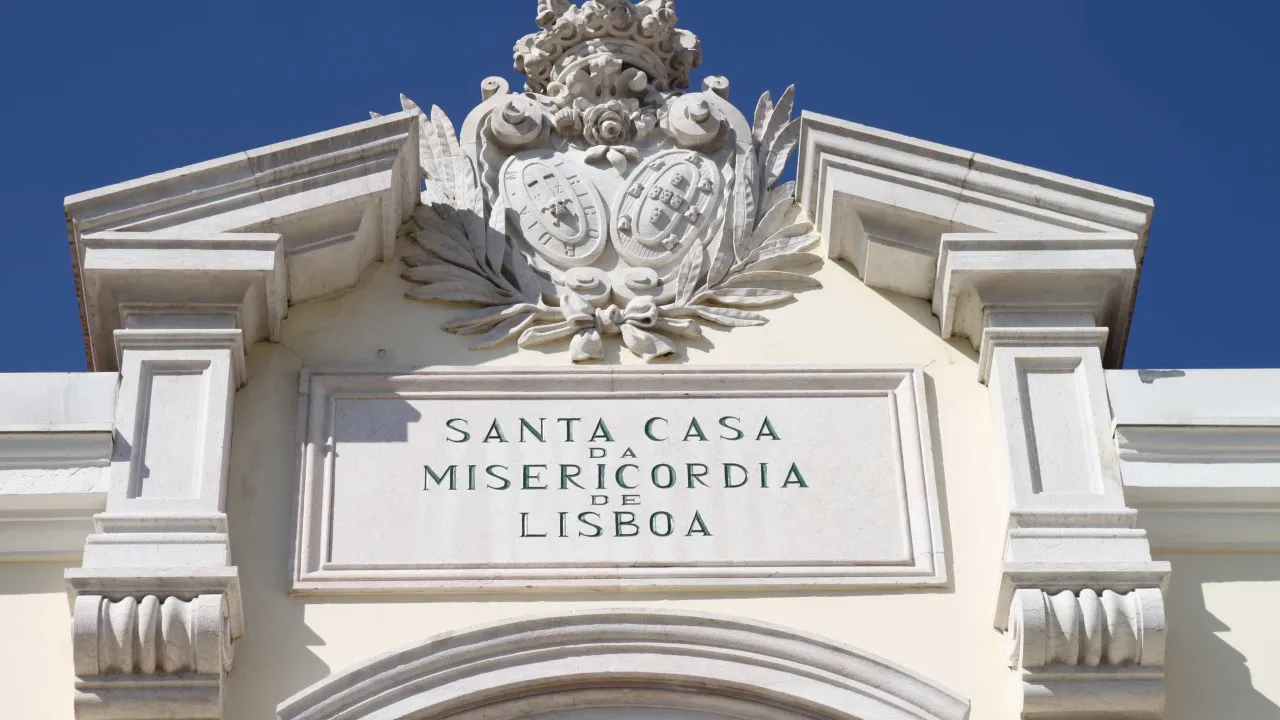
The registration of the “Learning and Use of Braille” has been officially signed by João Soalheiro, the president of the Cultural Heritage – Public Institute (PC-IP), on June 18, as revealed in announcement 248/2025 published today in series II of the DR.
The inclusion in the National Inventory of Intangible Cultural Heritage follows a proposal from the Department of Cultural Goods of the PC-IP, subsequent to a request from the Association of the Portuguese Center for Tiflology, Equity, and Inclusion (CPTEI). It is based on “the importance of the Braille system as a natural and indispensable means of reading and writing worldwide for blind and visually impaired individuals,” the announcement further states.
The decision was also influenced by the “importance of valuing, promoting, and safeguarding the contexts of transmission associated with the learning and use” of Braille.
Additionally, the “historical, social, and cultural significance of the Braille system and its alignment with the demands for sustainable development and respect for the rights, freedoms, and guarantees of all citizens” were recognized.
This writing and reading system, which has become universal, was invented by the blind French teacher Louis Braille (1809-1852). It is based on 64 possible combinations of raised tactile dots and empty spaces, representing letters, numbers, punctuation marks, and other symbols.
The system “is considered the most ingenious and fruitful phono-graphic, signographic, and intellect-social instrument,” according to a statement from the PC-IP, disclosed today, regarding the inclusion in the national list of Intangible Cultural Heritage.
The institute recalls that “the methodologies for teaching and learning [Braille] have been improving since the mid-1980s, with the purpose of increasing, improving, and exercising the tactile/haptic extension, especially of the index and middle fingers of both hands, while trying to extend tactility to the remaining fingers.”
In Portugal, continues the institute, “Braille is used in both analog and digital forms, utilizing various production processes and equipment, from the most basic, manual, and mechanical to the most technologically sophisticated,” applied in the “production of books, newspapers, and magazines; various types of documentation and information; production and/or use services, such as the Reading Area for the Visually Impaired at the National Library of Portugal, support services in the Ministry of Education, some universities, and other educational establishments.”
It is also used in “the identification of places, spaces and cultural environments, events, elevator floor identification, medicine and food product packaging.”
The goal is to value “diversity and promote equity between blind individuals and those without sensory limitations, thus making access to the same information and knowledge possible for both groups.”
The inclusion process in the National Inventory of Intangible Cultural Heritage “involved regular presence and active participation of citizens most directly involved in the use of Braille,” concludes the PC-IP statement.




